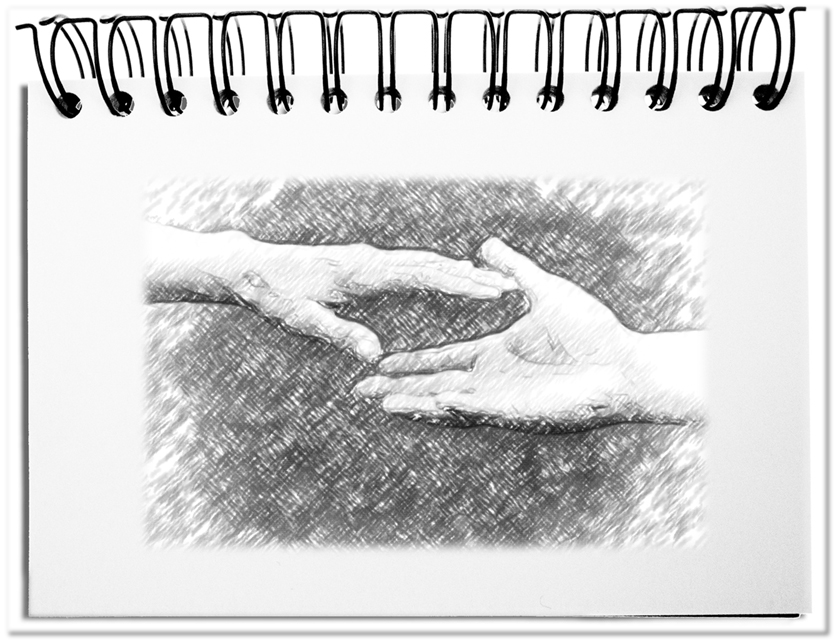Es ist eine interessante Vorstellung, dass der Computer uns die Tür zu einem neuen Wirtschaften aufstößt. Grenzkosten lösen sich auf, Ressourcen werden durch Teilen besser genutzt und eine bisher schwer erreichbare Reichweite wird möglich. Allerdings stellt sich die Frage, woher die Produkte und Services kommen, die ohne Auflagen und Kosten geteilt werden. Gibt es denn etwas zu teilen ohne Geld?
Gute Beispiele liefern die neuen Dienstleistungen im Internet, wie beispielsweise Airbnb, Ouishare, Uber. Hier werden auf der Grundlage einer Software, die via PC, Smartphones oder sonstigen Endgeräten, Kunden mit Anbietern zusammenbringen, Dienstleistungen von Dritten ermöglicht. Betrachten wir Uber. Was braucht dieses Geschäft?
- Ein Medium
Das A und O dieses Geschäftsmodells ist der Zugang zu der Webseite von Uber. Fast jeder verfügt heute über einen Zugang zum Internet, egal wo man sich befindet. Damit kann man sich von überall einloggen und ein Geschäft abschließen. - Betriebsmittel
Das wichtigste Betriebsmittel ist das Fahrzeug, mit dem die Kunden befördert werden. Dieses Fahrzeug ist kein Betriebsmittel von Uber. Es gehört dem Fahrer, der auch alle Kosten trägt – Kauf, Service, Reifen, Versicherungen usw. Der Zustand des Fahrzeuges wird in diesem Fall nicht gewerblich geprüft, wie bei einem Taxiunternehmen. Die regulären TÜV-Prüfungen konzentrieren sich nur auf die grundsätzliche Fahrtüchtigkeit des Fahrzeugs, nicht auf die gewerbliche Nutzung. - Personal
Die Fahrer sind nicht bei Uber angestellt, sondern private Fahrer, die keinen Bestimmungen unterliegen. Arbeitszeit und Kenntnisse unterliegen nur allgemeinen Anforderungen. Sonstige Mitarbeiterleistungen, wie angestellte Mitarbeiter, erhalten sie nicht – z.B. Ferien, Altersvorsorge. Niemand prüft, inwieweit die Fahrer in der Lage sind, ihre Leistung zuverlässig zu erfüllen. - Richtlinien
Da es sich um kein offizielles Taxiunternehmen handelt, entfallen Regeln, die traditionelle Taxibetriebe erfüllen müssen – Standardtaxameter oder vorgeschriebene Sicherheitsanlagen, wie z.B. eine Funkanlage oder ein Alarmsystem für den Fahrer. - Absicherungen
Da die Fahrer eigentlich keine Dienstleistung erbringen, sondern Mitfahrgelegenheiten privat anbieten, werden die meisten ohne die entsprechenden gewerblichen Versicherungen unterwegs sein. Aufgrund der heutigen Tarife der Versicherungen kann es sogar sein, dass aus Kostengründen noch nicht einmal eine private Versicherung für die Mitfahrer besteht. Ganz zu schweigen von irgendwelchen Versicherungen für die (Mit-)Fahrer im Krankheits- oder Unfallfall.
Die Vorteile dieses Vorgehens für alle liegen auf der Hand.
- Uber wird für den Vermittlungsservice über das Internet bezahlt. Damit sind das Geschäft und die Verantwortung von Uber beendet.
- Der Fahrer profitiert von einem Geschäftsmodell, das er ohne die entsprechende Ausbildung und ohne den Zwang gewerblichen Regeln folgen zu müssen, betreiben kann.
- Für die Fahrgäste ist es billiger und einfach nutzbar.
Soweit scheint das Ganze zu funktionieren.
Vergleicht man Kosten der gewerblichen Anbieter mit den Uber-Fahrern, fragt man sich, wo sich die Kosten bei dem neuen Geschäftsmodell verstecken.
Wo fallen die operativen Kosten an? Die Uber-Mitglieder tragen alle Kosten plus den Anteil der an Uber abgeführt werden muss. Die Kosten bei Uber beschränken sich auf den Betrieb der Webseite und das Marketing.
Wie wird die private Mitnahme eigentlich versteuert? Auch wenn nur kostendeckend gefahren wird, entsteht ein Geldfluss zwischen Kunde und Fahrer, der steuerpflichtig ist. Wie kann der Umsatz ohne Taxameter überhaupt nachgewiesen werden?
Wer bezahlt für die erhöhte Unfallwahrscheinlichkeit eines „professionellen“ Uber-Fahrers? Am Ende trägt die Gemeinschaft der Versicherten die Schadenskosten, die durch die zusätzlichen Fahrleistungen entstehen.
Und wer bezahlt die Personalschäden, die im Rahmen einer Beförderung anfallen? Das beginnt bei Verletzungen, die durch schadhafte Fahrzeuge (z.B. scharfe Kanten) entstehen. Das endet nach einem Unfall, bei dem Fahrgäste schwer verletzt werden, bleibende Schäden davontragen oder, im Todesfall, eine zu versorgende Familie hinterlassen. Auch hier werden die Kosten auf die Schultern der Sozialgemeinschaft verteilt.
Am Ende ist der Fall von Uber ein gutes Beispiel dieser neuen Wirtschaft des Teilens, in der Geschäftsmodelle darauf abzielen, Gewinne zu privatisieren und Kosten zu sozialisieren.
Fazit: Mit dem Internet werden durch die Hintertür Geschäftsmodelle eingeführt, die vorbei an gültigen gewerblichen Regeln bis hin zu Gesetzen Dienstleistungen anbieten. Gleichzeitig nutzen sie die sozialen Systeme aus, indem sie ihre Beiträge nicht leisten – z.B. Versicherungen, Steuern, Mitarbeiterleistungen. Möglich werden diese Geschäfte durch eine entsprechende Sharing-Rhetorik, die den Tauschhandel der Vergangenheit monetarisiert – schließlich erhalten die Anbieter immer ihren Anteil in der entsprechenden Währung. Am Ende gibt es eben nichts zu teilen ohne Geld.


